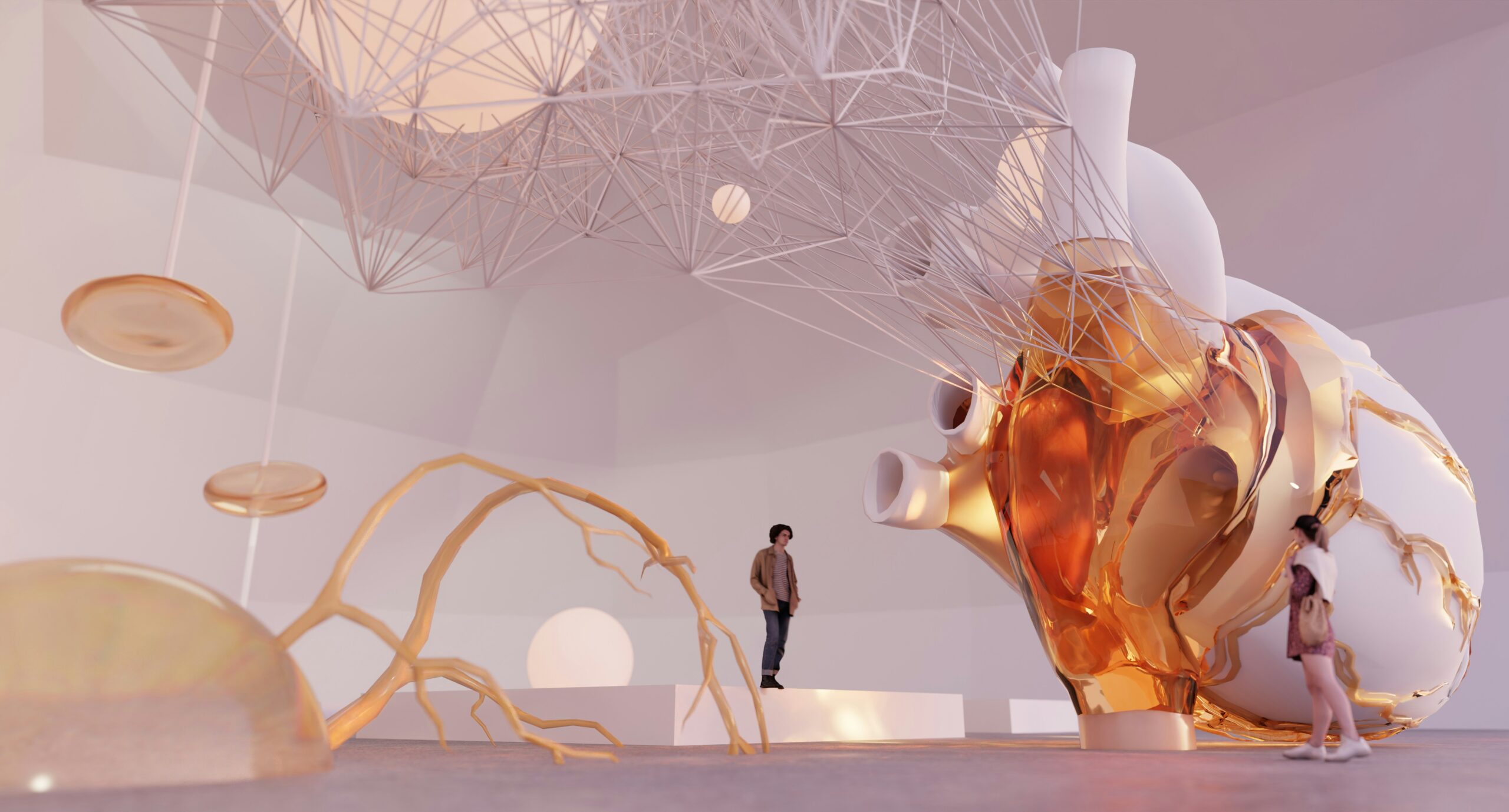
Travel often serves as a powerful spark for creative minds. When artists and architects explore new places, they immerse themselves in unfamiliar cultures, landscapes, and traditions. This immersion encourages fresh ways of thinking and invites new inspirations. As a result, travel acts as a vital source of innovation in artistic expression, architectural design, and the selection of materials used in creative projects.
The experience of stepping into different cultural contexts broadens an individual’s creative vision. By witnessing diverse art forms, architectural styles, and local crafts, creators gain insights that influence their work. This interaction between cultures leads to original interpretations and hybrid forms that reflect a fusion of ideas. Consequently, travel enriches creativity by expanding the palette from which artists and architects draw.
Cultural Exploration and Its Influence on Creativity
Exploring a new culture offers artists a wealth of unique motifs, colors, and narratives that inspire their work. This exposure often challenges existing creative boundaries and encourages experimentation with new forms of expression. Artists translate what they learn into pieces that carry elements of the culture they experienced, yet remain personal and contemporary. This cultural dialogue creates a richer, more layered creative output.
In architecture, understanding the cultural context of a location informs more than just aesthetics. Architects learn how local traditions influence building techniques, spatial layouts, and community interactions. They absorb lessons on how to blend functionality with cultural identity. Through this process, architects develop designs that resonate deeply with the environment and its people while also introducing modern elements.
Discovering New Materials Through Travel
Travel also opens doors to discovering new or unfamiliar materials. Different regions offer distinct resources shaped by geography and tradition. Artists and architects who engage with these materials gain a deeper appreciation for their qualities and possibilities. This hands-on experience encourages them to experiment and often leads to the use of sustainable or innovative materials.
Moreover, learning traditional methods of working with materials can inspire new techniques and designs. Whether it is handwoven textiles, indigenous clays, or natural stone finishes, these materials carry cultural significance. Incorporating them into contemporary projects bridges the gap between heritage and innovation, showing respect for craftsmanship while exploring new creative avenues.
Harmonizing Tradition and Innovation
One of the most exciting outcomes of travel-inspired creativity is the blending of traditional and modern elements. Artists return with new perspectives on how to honor historical influences while pushing the boundaries of their art. Similarly, architects design buildings that celebrate cultural heritage alongside innovative features. This fusion creates works that feel both timeless and contemporary.
This balance is essential in today’s globalized world, where creativity must resonate with diverse audiences. Travel nurtures this balance by exposing creators to a diverse range of influences and encouraging them to reinterpret tradition in innovative ways. The result is fresh, compelling art and architecture that connects past, present, and future.
Environmental Influence on Creative Choices
The physical surroundings encountered during travel strongly shape creative decisions. Natural environments, from mountains to coastlines, inspire new aesthetics and design solutions. Urban landscapes also offer lessons in adapting to density, history, and community needs. These experiences help creators consider how space and place influence their work.
Environmental factors often guide material selection and construction techniques as well. Sustainable practices learned through observation encourage creators to work in harmony with nature. Understanding how different cultures adapt to their environment fosters creative solutions that respect both people and the planet. Travel thus contributes to environmentally sensitive creativity.
Personal Growth and Creative Development Through Travel
Beyond tangible influences, travel fosters personal growth that fuels creativity and innovation. Being exposed to unfamiliar people and ideas challenges assumptions and expands thinking. This openness enhances empathy and curiosity, both crucial for creative innovation. Travel encourages creators to take risks and embrace new perspectives.
Additionally, overcoming the challenges of travel builds resilience and problem-solving skills. These qualities translate into a willingness to experiment and explore new creative directions. The journey itself becomes a vital part of artistic and architectural growth, enriching the creative process from start to finish.
Enriching Stories Through Global Experiences
Art and architecture serve as powerful vehicles for storytelling. Travel deepens the narratives behind creative work by adding diverse cultural layers. An artwork inspired by a distant land carries the spirit and stories of that place. Architecture that reflects cultural heritage tells a story through its form, materials, and spaces.
These enriched stories resonate with broader audiences and foster connections across cultures. By embedding travel experiences into their work, creators invite others to share in their discoveries. This sharing enhances the emotional and cultural impact of their art and design, making creativity a bridge between worlds.
Travel has a transformative impact on creativity in art, architecture, and material selection. It expands perspectives, introduces new cultural and environmental insights, and inspires innovation. By blending tradition with modernity and embracing sustainable practices, travel-driven creativity enriches both the creator and their audience. Ultimately, the journey of travel becomes a journey of creative growth, leading to works that reflect a world of possibilities.